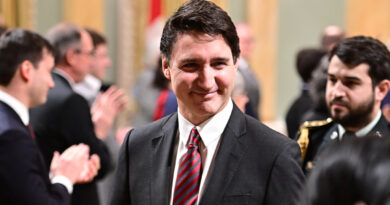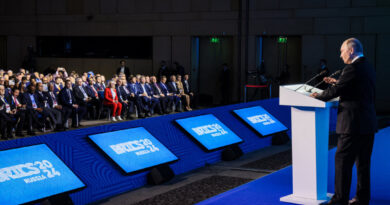Patients Facing Difficulty as Less GPs Choose to Bulk Bill
The number of GPs willing to charge the fees specified in the Medicare Benefits Schedule, which makes healthcare more affordable for patients, is decreasing, leaving many without access to care.
Despite the Australian government allocating additional funds for bulk billing last year, fewer GP clinics are now willing to accept new patients covered only by the subsidy and are increasing out-of-pocket charges.
Introduced in 1984, bulk billing allows health services providers, usually GPs, to be paid between 75 and 100 percent of the scheduled fee for inpatient services by billing the government through the patient’s Medicare card based on the Medicare Benefits Schedule.
For a standard GP visit lasting between six and 20 minutes, including consultation, examination, and care, the government pays a GP $42.85 (US$26.51), covering 100 percent of the set fee, making a visit to a bulk billing doctor free.
Despite this, providers are not obligated to adhere to the schedule, leading to a decline in the number of GPs willing to do so.
Even with the government announcing a $1.5 billion boost for Medicare payments in the 2023/24 Budget, targeted at specific groups, such as families with children and pensioners, the demand continues to surpass the capacity to cope.
Cleanbill’s annual survey of nearly 7,000 GP clinics revealed that Australia’s bulk-billing rate dropped to 20.7 percent of all consultations at the beginning of this year, down from 35.7 percent two years ago.
Furthermore, the average out-of-pocket cost for patients has increased by four percent annually, with the average charge reaching $43.38 in 2025.
No New Bulk Billed Patients in Some Areas
In certain regions, new patients struggle to find a GP willing to bulk bill, with Tasmania having no clinics willing to accept new adult patients without a co-payment, resulting in the highest average out-of-pocket cost of $54.26.
Over the past three years, every state has seen a decline in bulk billing rates combined with an increase in the average out-of-pocket cost according to Cleanbill surveys.
A patient experiences survey by the Australian Bureau of Statistics, released last November, highlighted that approximately 1.5 million people did not seek medical care from a GP due to cost.
Cleanbill founder James Gillespie expressed concern over the data, noting the decreasing number of bulk-billing clinics and rising out-of-pocket costs, leading more Australians to delay or avoid seeking medical attention due to financial concerns.
More Still Needs To Be Done: Minister
Despite differing figures from Cleanbill, federal Health Minister Mark Butler disputed the data, referencing the government’s official bulk billing rate of 77.2 percent in November.
While government figures show an increase in bulk billing rates, Butler acknowledged that more efforts are necessary to strengthen Medicare, especially after years of neglect and budget cuts.
Royal Australian College of General Practitioners President Michael Wright emphasized the need for increased Medicare funding to address the underfunding that has persisted for decades, affecting patient rebates and making it challenging for GPs to offer bulk billing services.
As the healthcare system continues to face challenges, including financial barriers for patients seeking care, addressing these issues remains a priority as the country heads into a federal election.



